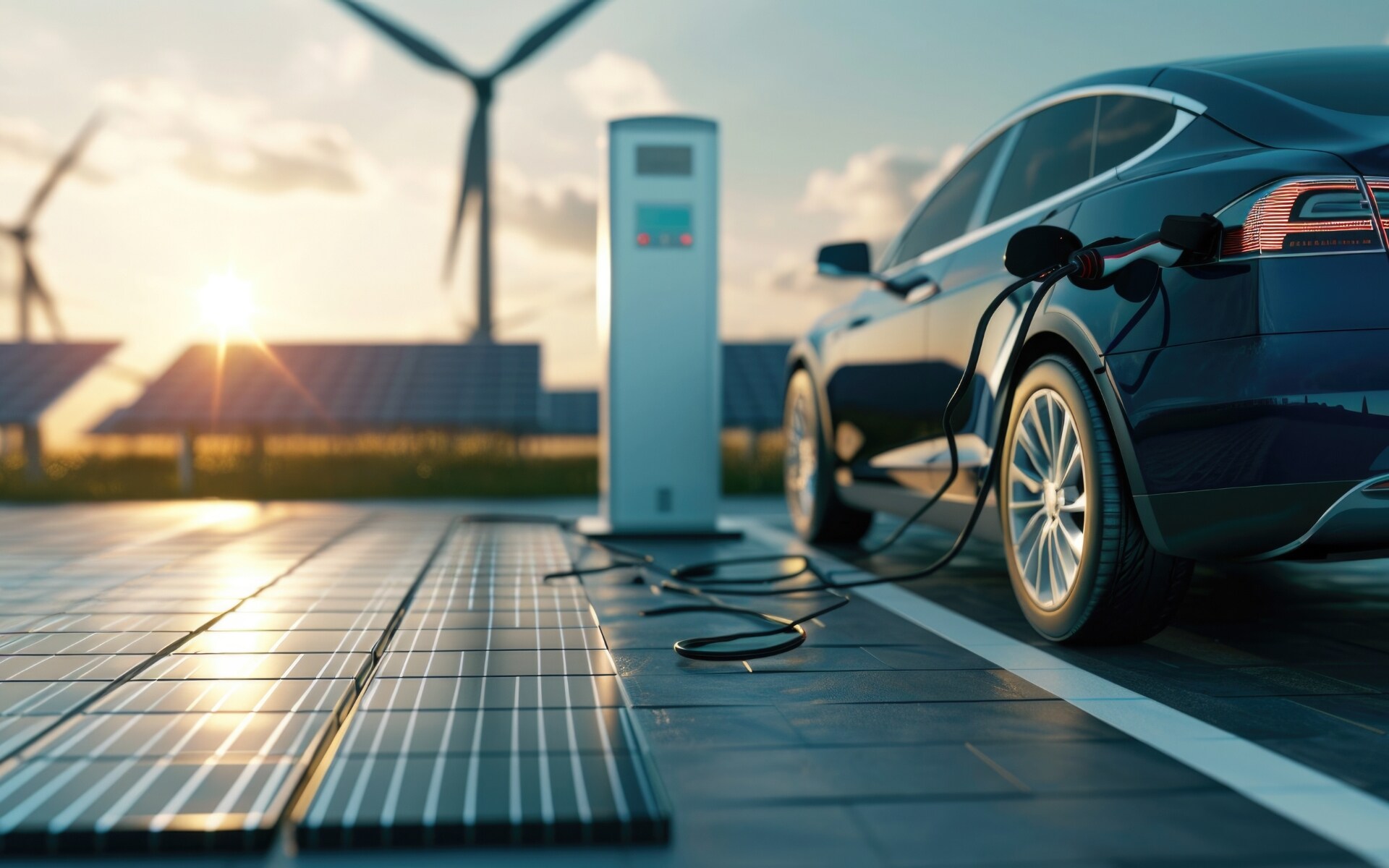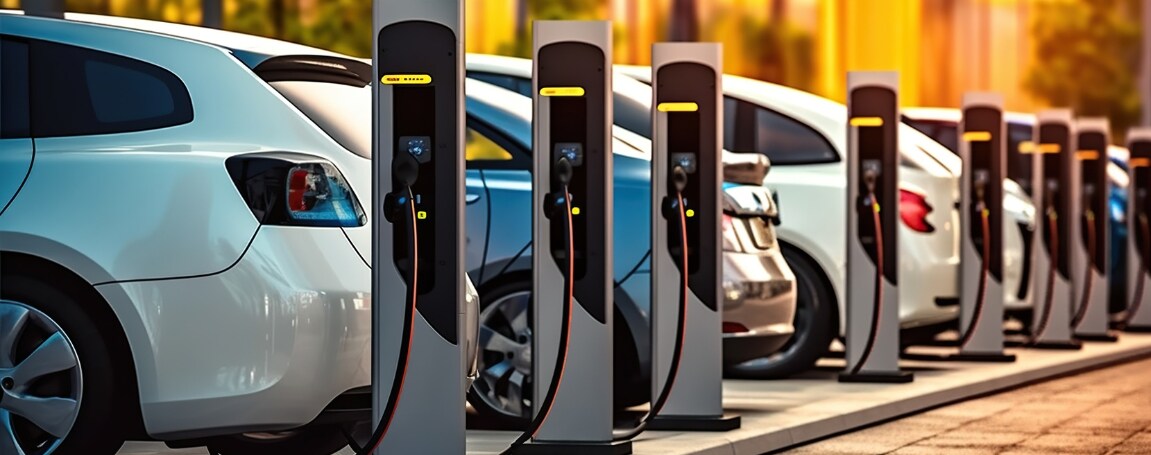
With the rise in popularity of electric vehicles (EVs) and plug-in hybrid vehicles, understanding the intricacies of the charging infrastructure is crucial for EV owners. Charging an electric vehicle involves multiple charging solutions that cater to different needs and scenarios. This guide aims to demystify the different EV charging options available, including home and public charging stations. By exploring the details of each charging method, EV owners can make informed decisions about how to charge their vehicles efficiently.
Home Charging
Home charging is the primary method for most EV owners, comprising 80% of all charging activities. There are two main types of home charging: Level 1 and Level 2.
Level 1 Charging: Involves using the charger provided with the EV, which can be plugged into a standard 120V outlet. While Level 1 charging is convenient, it is relatively slow, charging around 124 miles in 20 hours.
Level 2 Charging: This utilizes a separate charger that requires a 240V outlet. Level 2 chargers charge 3 to 7 times faster, making them ideal for efficient home charging. They typically come with an SAE J1772 connector and must be installed by an electrician.
Public Charging

Public charging stations are essential for EV owners who require on-the-go charging options. Level 3 chargers, or DCFC (Direct Current Fast Chargers), provide rapid charging capabilities but are most effective when the battery's state of charge is below 80%.
Contact Us
The landscape of EV charging is multifaceted, with various options designed to cater to the diverse needs of EV owners. Understanding the differences between home and public charging stations is essential for optimizing the charging experience and enhancing the convenience of owning an electric vehicle. Contact Audi Queensway in Etobicoke to learn more about EV charging.